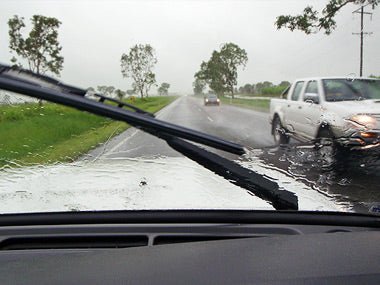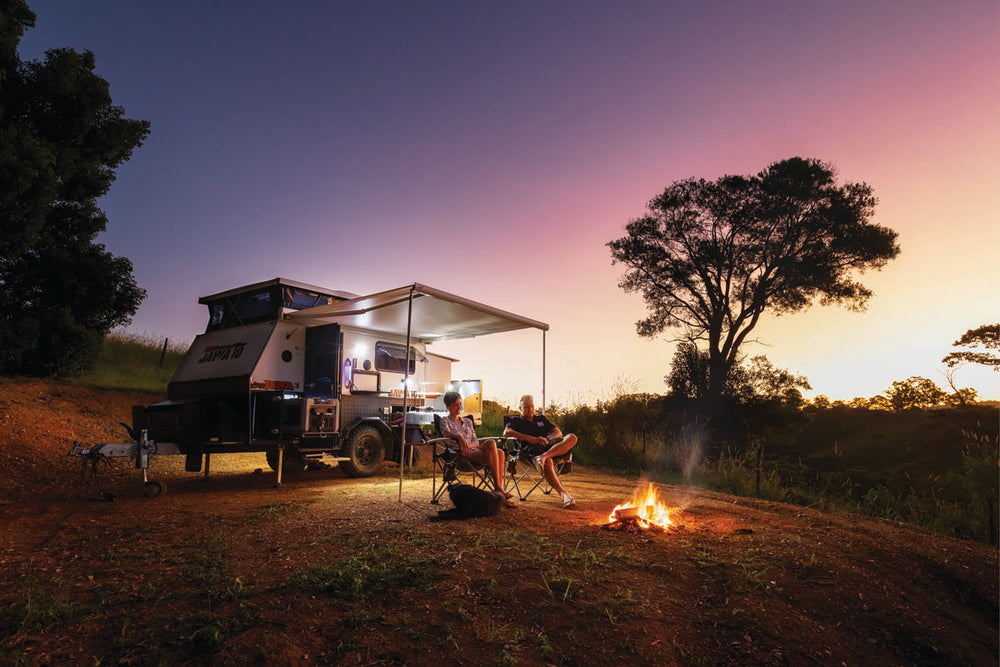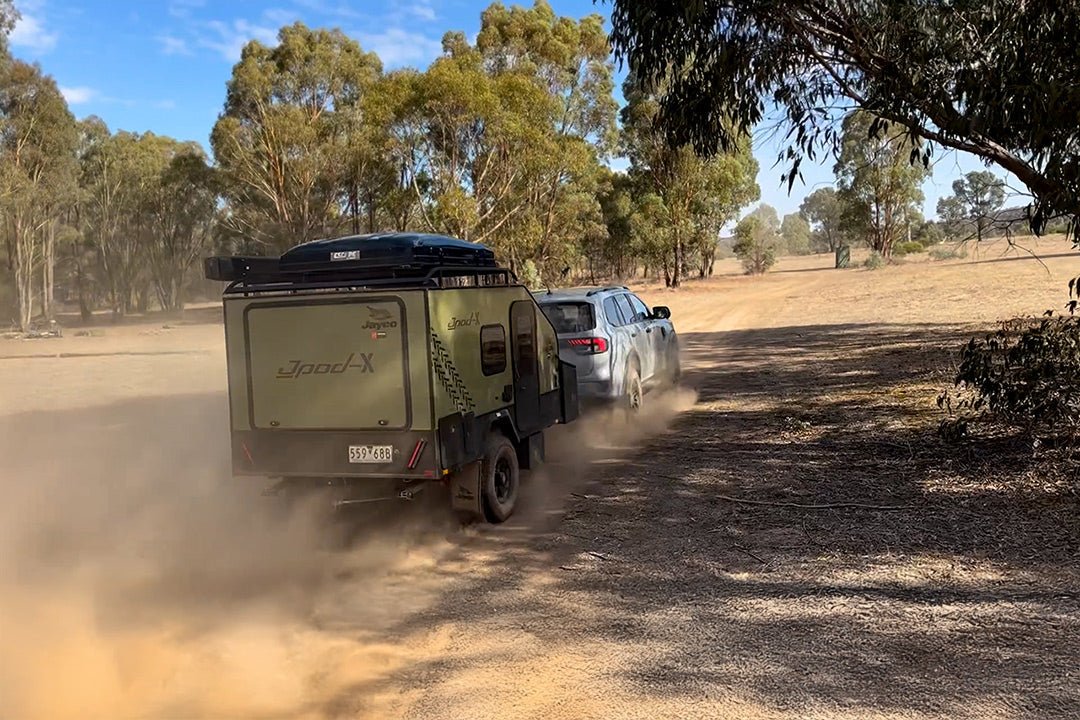BLOG: AVOIDING ACCIDENTS IN THE WET

I COULD REALLY EMPATHISE with the caravanner pulled over on the side of the road.
From what I could gather as I drove slowly through the chaos, he had just rear-ended another vehicle at a roundabout. The scene was buzzing with police, ambulance officials and the fire brigade, but fortunately no one appeared to be injured.
However, the same couldn’t be said for the caravanner’s tow vehicle. The bullbar was pushed back into the radiator and I suspect this family caravan holiday would be delayed for repairs... or curtailed altogether. I could imagine the family’s disappointment.
A light shower of rain 10 minutes earlier probably contributed to what was, in this case, a relatively minor accident. As I drove away it occurred to me how important it is to be aware of different road conditions when driving in the wet, especially if you’re towing an RV.
Many parts of Australia can expect rain at this time of the year. The main hazards in wet weather driving are limited visibility and reduced traction between your vehicle and the road. Both these hazards can be reduced by good preparation and adjusting your driving habits to suit the conditions.
Below are a few tips for wet weather travel. Feel free to share any further tips you may have.
BEFORE YOU GO
1. The tyres on your tow vehicle are the number one consideration. They should be in good condition with plenty of tread and inflated to the recommended pressures for maximum grip in wet conditions. The same applies to the caravan tyres.
2. In wet conditions, you’ll be relying on your caravan brakes even more than in dry weather driving. If necessary, have them checked by an expert and adjust them carefully with your rig coupled up.
3. Clean, bright, working taillights are even more important in wet, gloomy conditions. Check them and repair/replace as necessary. High-visibility reflective strips can also illuminate your tail and help avoid someone rear-ending your home on wheels when visibility is limited.
4. Ensure you have a clean windscreen and the wipers are in good condition. Replacing the wiper blades is an easy and inexpensive precaution which can make a big difference to your visibility.
ON THE ROAD
1. Avoid tight schedules so that you can drive to road and weather conditions, without feeling rushed.
2. Car/caravan combinations and heavy motorhomes all take longer to stop in the wet. You can allow for this longer stopping distance by dropping back and increasing the "crash avoidance space" between you and the car in front. Reducing your speed will also reduce the required stopping distance.
3. Braking earlier and more gently will decrease the risk of losing control of your rig.
4. Turn on your headlights, even during the day, but make sure you switch to low beam.
5. Take extra care when changing lanes – towing mirrors provide even less rear vision in wet conditions.
6. Heed warning signs and don’t drive through floodwaters. Caravans are easily swept off flooded roads and will take the tow vehicle with them.
7. Finally, if conditions are too bad, pull over somewhere safe and wait until the worst of it has passed.
Adopting these simple precautions will keep you safer when travelling in the wet. Share your own tips below.
WORDS AND PICS Steve Farmer
Written exclusively for Caravan World Online







